
Because my father was an avid model train fan, putting a small train track around the Christmas tree was a mandatory part of the holidays. And while I never got into the hobby myself, my young son got bit hard by the train bug—thanks, Grandpa.
So, over the last few years, his small train set has evolved into a permanent 4 x 8 foot train layout in our basement.
Yet despite the layout’s ever-increasing footprint, I’ve encouraged his interest. That’s because I quickly discovered that playing with model trains is actually teaching him a lot of stuff he probably wouldn’t get from other toys. And considering how I enjoy all-things piston powered, my hope is that he brings that knowledge into the garage where he’ll be able to help with oil changes and carb rebuilds.
So if you’re a gearhead and want to get someone into the automotive hobby, model trains may be a good way of doing it. Here are five reasons why:
5 Things Model Trains Teach You About Wrenching
***
1. Basic Mechanical Engineering
While most model steam engines merely mimic “steam” power via electric motors, you’ll nonetheless absorb tidbits like what a boiler does, how a piston engine works, and how power is delivered to the wheels. Practically through osmosis you’ll begin to understand fundamental engineering concepts like gear reduction, mechanical advantage, force amplification, and Newton’s Laws of Motion.
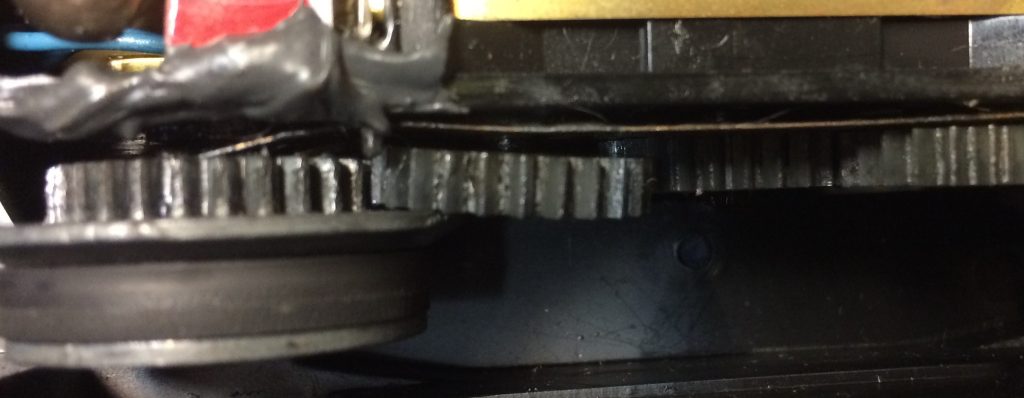
And running a model train will teach you how to pinpoint and repair mechanical systems as well—for instance, after a few months, you’ll be able to spot a bent axle from the telltale wobble of a freight car, and diagnose a wonky locomotive simply by the growl of its meshing gears (much like you can troubleshoot vehicle driveline noise by ear).
***
2. Practical, Real-World Geometry
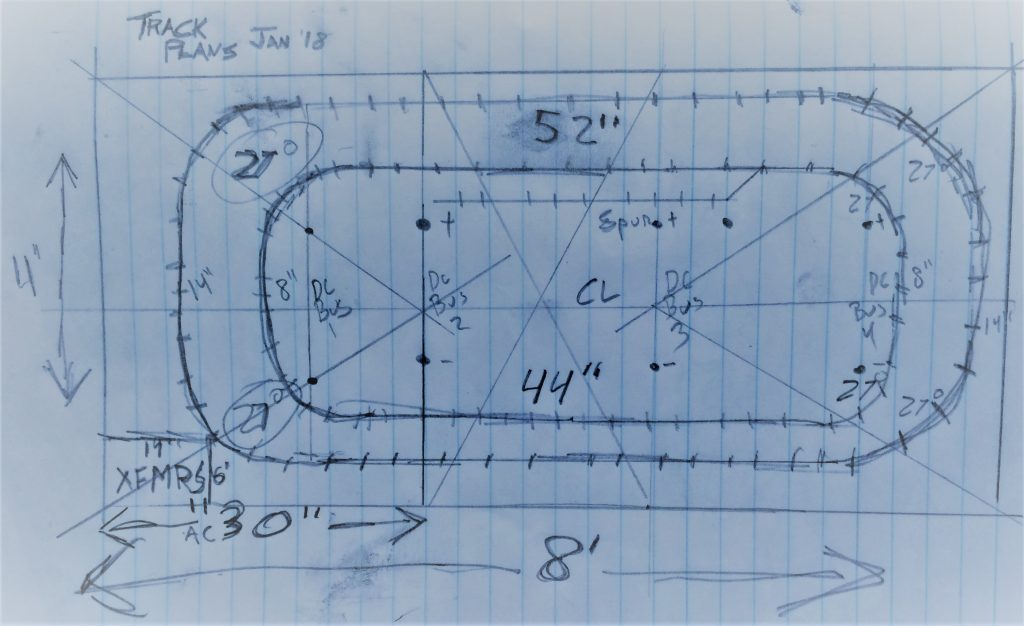
When it comes to laying out a railway line on a tabletop, your math game had better be on-point. For instance, common track is often called “O27” or “O42” where the numbers refer to the radius of the curve. Larger locomotives demand broader curves, and you need to compensate accordingly. Same deal when you start talking elevation and grades. Turns too tight or hills too high and your freight lines might not have much traffic.
So you’ll need to bust out your calculator, start taking measurements, and drawing up plans—just like you would for designing custom suspension geometry or determining clearance issues with your engine swap.
***
3. Basic Vehicle Maintenance

Make no mistake, maintaining a train layout is a never-ending endeavor. Motors have to be lubricated, track has to be repaired, and pretty much everything needs to be wiped clean periodically.
And that’s just regular maintenance—vibration from passing trains can jostle loose electrical connections and even separate track sections. Or an errant toy car can short the track and overload the transformer.
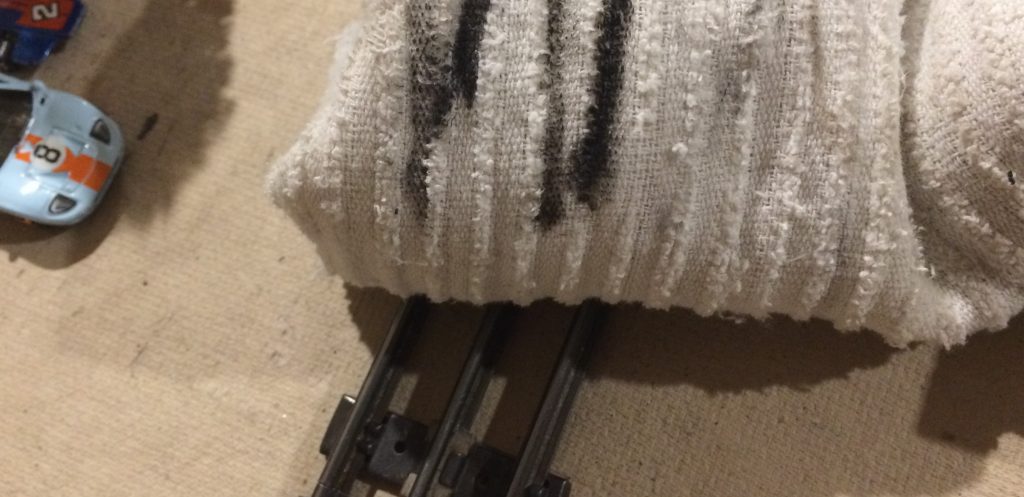
Bottom line, if you turn on the juice and nothing happens, you have to figure out why.
Which means regular inspection and maintenance routines become second nature—something that’ll undoubtedly come in handy when it’s time to maintain a daily driver.
You may enjoy this article too: Slot Car Track Maintenance & Troubleshooting Tips
***
4. 12 Volt Electrical Systems

Building a model train layout absolutely demands some knowledge in low-voltage electronics—which you’ll probably pick up along the way, without much formal teaching. Understanding how relays and switches work is essential, while things like current draw and parasitic loss play a huge role in how you wire your layout. Speaking of wires, cable management is critical and you’ll soon discover the importance of labeling and diagramming your wiring.
And that’s just talking about powering the trains. The buildings and accessories you add can teach you a lot as well. For instance, many popular model train accessories are actuated by a small solenoid—which is essentially the same way a starter is energized.
Making a auxiliary switch panel for your off-roader? Just replace the words “light bar” for “tiny searchlight tower,” because they’re pretty much wired up identically too.
***
5. Traction & Vehicle Physics
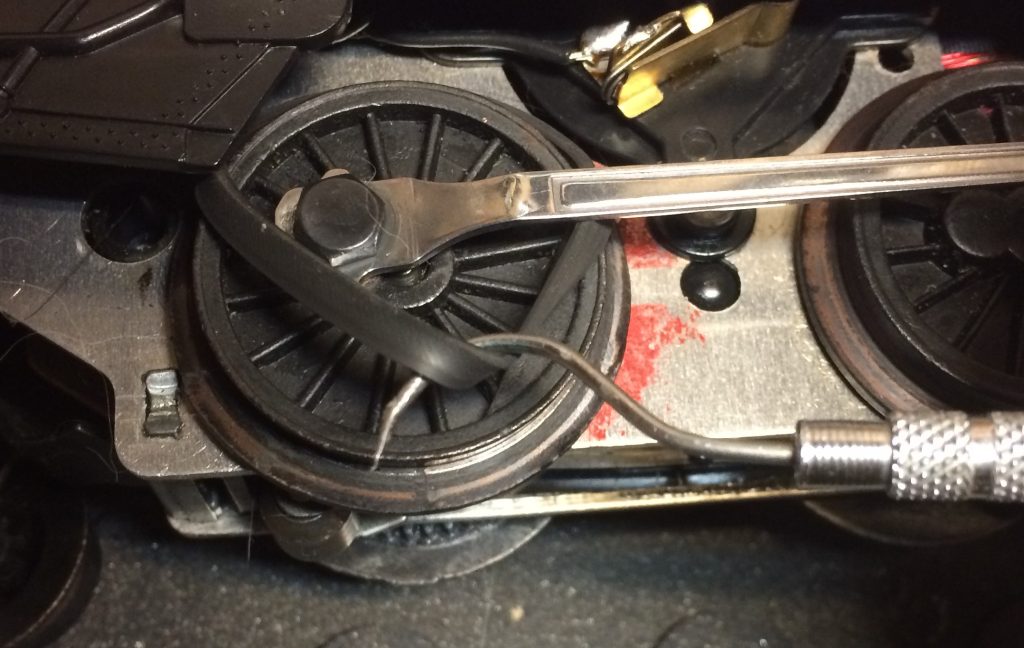
Did you know a lot of toy trains use tires? While they’re little more than fancy rubber bands, these traction tires require a lot of the same care that the tires on your car or truck do. For instance, they can burn up from excess wheel speed and degrade from oils and chemicals left on the track.
You’ll learn stuff like how weight distribution can impact your ability to pull a load, and how momentum plays a role in starting and stopping (suffice it to say, with a Jr. Engineer at the controls, collisions are common on our “Basement & Northern” rail lines).
Yet these valuable physics lessons easily transfer to loading and driving a vehicle, both on the road and racetrack.
***
So, what do you think? Are model trains the gateway to the gearhead world? Or is there another hobby that helps you build a similar skill set? Let us know in the comments below.

Great article, every “car guy” dad and/or mom should read this!
I agree fully from personal experience. My son and I have been avid model railroaders since he was 2 years old. This hobby teaches mechanical concepts, carpentry, photography, wiring, computers, artistic abilities, modeling and painting prowess. All of which can have an impact on automotive design, upgrading and maintenance. My son and I have now advanced to doing a complete restoration of a 1977 Corvette with all new components, engine, drivetrain, etc.
Nice comparison,
I remember as a kid playing with a Train set,,, Well it was actually my Father’s but he would set it up every once in awhile.
Being an “Old Time Mechanic”(and my Mentor) everything had to be perfect! I’m taking over 55 years ago! I do believe they were Lionel Trains circa 1950s. Those days are gone and surely missed.
MERRY CHRISTMAS & HAPPY NEW YEAR!
I still enjoy both trains and cars and you are right on the connections learning wise. One common misconception that I can correct is that O27 refers to the diameter of the circle of track, not the radius. Enjoy your trains and cars and Merry Christmas
cool
I love your article about the time you spend with your son sounds like you enjoy it just as much as he does.I loved the time I spent with my grandad an dad with the trains they had i miss them
Excellent article!
Our Dad purchased American Flyer trains for my brother and me at birth. They provided immeasurable childhood fun and joy, while teaching us basic maintenance/repair.
We’re both in our 70’s and still running and enjoying them!
Sweet, indeed!